The Persian carpet, especially embossed flower design, is frequently sold to markets around the globe, including in Australia and other developed countries, where it is recognized as one of the finest examples of its kind in the world.
Persian carpet flower smell
Here are many examples of the finest carpets Iran has to offer: Isfahan carpet Isfahan is located in the center of Iran, between the Zagros Mountains and the Iranian Desert. This city, which has a population of approximately 1,2 million, is currently regarded as one of the world’s most important industrial centers. There is universal agreement that Isfahan is the most important tourist attraction in all of Iran. This city is often regarded as one of the highest-quality cities in all of Islam in terms of its architectural splendor. Big Imam Square, which includes two mosques as well as other locations, parks, and old bridges, is able to convey the essence of the East to tourists in the most authentic manner possible. During the time of the Safavid dynasty, Isfahan was the capital of Iran (1736-1502). The prominent Shah Abbas had a strong appreciation for the arts and crafts, especially architecture and art. During his reign, the Imam Mosque, which resembles a vast caravan traversing the desert, was built. Possible location of the Imam Mosque on the southernmost tip of Imam Square. The Imam Mosque is widely considered to be the most magnificent and impressive mosque in all of Iran. The Sheikh Lotfollah Mosque is on one side, and the Aali Qapu Palace is on the opposite side. The neighborhood is bordered by a variety of shops and businesses, including candy stores, fabric stores, gold shops, confectionery stores, and fabric stores. Additionally, there are several teahouses. The Grand Bazaar begins on the northern side of Jama Square and goes for nearly five kilometers in the direction of the city’s oldest neighborhoods and the 11th-century Jama Mosque. Since the 16th century, Isfahan has been renowned in one half of the globe, and it is easy for a traveler to comprehend why. Isfahan and its adjacent neighborhoods are home to a substantial number of weaving studios and workshops. Some of them are well-known worldwide, including Sirafian, Darvi, Tash, and Haghigi. Others are less popular. 
Persian carpet flower care
The patterns that are often woven into these rugs are derived from the tiling found in mosques, city gardens, and castles. The designs, patterns, fabrics, and fibers used to create Isfahan carpets are of the greatest quality, and the resulting rugs are usually regarded as among the finest in the world. Their slenderness and the exceptionally high knot density are two of their most distinguishing features (Shah Abbas Safavi pattern). However, there is a vast selection of styles available, including ones shaped like animals or people. Carpet businesses are frequently located in close proximity to one another in the main shopping districts, and carpet exhibits are sometimes staged in hotels to encourage carpet sales. A big carpet market located on the outskirts of the city stocks both Yalme and Bakhtiar carpets. In select locations, these rugs are also marketed and sold under the brand name Isfahan carpet. Kerman’s weaved tapestry Kerman, a city with a population of roughly 350,000, is located in the southeastern corner of Iran, adjacent to the Lot plain. This city is roughly one thousand kilometers from Tehran; it was founded in the fourth century and was of particular importance to those who traveled along the trade routes between Iran and India. This town is around one thousand kilometers from Tehran, the capital of Iran. Over the course of several centuries, this city has been ruled by a variety of distinct peoples, including Arabs, Seljuks, and Mongols. Kerman provided as a convenient departure point for travelers wishing to see the ancient citadel of Bam, which was around 200 kilometers south of Kerman. Before a few years ago, this was the actual situation. Bam was previously regarded as one of the most significant tourist sites in Iran; however, it was completely destroyed by an earthquake on Christmas 2003, and more than ten thousand people died as a direct result of this tragedy. Due to the construction of mosques, buildings, markets, and teahouses, Kerman has become a more attractive tourist destination. This city has a considerable carpet-weaving industry, and one of the most remarkable characteristics of Kermani carpets is their distinctive design, which allows them to be distinguished from other types of carpets. The bulk of these carpets are a flaming shade of red and have a central medallion pattern surrounded by an extensive flowery border. Before World War I, carpets frequently featured a range of designs, including those depicting trees, animals, and even human figures. Some of these patterns can be found on contemporary rugs. Typically, the designs and materials used to create the texture of these carpets are of an exceptionally high caliber. Unfortunately, the quality of certain more recent pieces has led to a decline in the general quality of the Kermani carpets, which were formerly regarded as the greatest carpets ever manufactured in Iran. 
Persian carpet flower
Modern Kermani carpets manufactured and sold under the brand name Kerman-Lovar are distinguished by their completely flowery patterns and translucent, lustrous color palettes. Additionally, these carpets are frequently marketed and sold under the brand name “Kerman carpets.” Flowers have a significant influence in the creation of many carpet patterns used in Iran. Here are some samples of well-known Iranian carpets that will be discussed in this section. Kalardasht carpet Despite their uniqueness, these carpets have garnered a great deal of notoriety due to various antique paintings. The city of Kalardasht is located in northern Iran, adjacent to the Alborz Mountains and to the south of the Caspian Sea. The patterns on these rugs frequently consist of a hexagon surrounded by main white lines. On occasion, an agate stone is placed in the center of the hexagon. The central portion of the rug, as well as its perimeter, is covered with simple flower patterns that serve as decorative motifs. Brick is usually utilized as the backdrop color in these rugs, while blue, brown, and garlic are the hues that stand out the most. This carpet is comprised of soft and dense wool, as well as cotton threads and Turkish knots. These rugs have an exceptionally high durability rating and a lengthy lifespan. The quality of these rugs varies substantially amongst one another. Before 1960, the quality standards were unusually high. Between 1965 and 1980, the quality of these carpets declined as a result of Western collectors’ request that they alter the designs and colors of their rugs. After the 1979 revolution, the quality of these carpets increased, and their current color and design quality is comparable to that of carpets from the past. In 1979, the revolution took place. Other carpet patterns can be viewed in the “Store” section of the Duniya Farsh website. Keliai carpet 
Persian carpet iran
Despite the fact that Persians constitute the vast majority of Iran’s population, other ethnic groups also call the country home. The majority of Kurds reside in the provinces of Kurdistan, Zanjan, and Kermanshah in the western parts of Iran. They previously had nomadic lives, but now the majority of people reside in these regions and engage in agricultural and animal husbandry. Kurdish men are easily differentiated from men of other tribes on account of their clothes, notably their wide pants and belts. There are around 5 million Kurds in Iran, along with considerable Kurdish populations in western Iraq and Turkey. Kurds are renowned for their expertise in weaving high-quality carpets. These carpets are constructed from the best quality fibers, and when dyed, only pure colors are used. Older general carpets’ wefts are made of wool, whilst newer general carpets’ wefts are made of cotton. In addition, there are two wefts between every row of knots in each of these carpet varieties. Their designs usually use large-scale geometric patterns in matte tones. The Oblique square form is also a prominent design. The final product is incredibly durable; these carpets are exceedingly heavy and dense and have a high level of resilience. These carpets have normal proportions of 150–160 centimeters in width by 300–330 centimeters in length, making them relatively long in relation to their width. Kilai and Sangar are two terms frequently used to describe Kurdish village rugs. Other kind of Kurdish carpets are known as sane, and we will go into greater detail about them. carpet mod Both Mashhad and Birjand are located to the south of Mod City. Modern carpets usually feature a Herati pattern; nevertheless, the presence or absence of a medal design in the carpet’s center differs from example to example. Depending on their designs, these carpets can be categorised as either fish mode or garden mode carpets. The first type of fish pattern often comprises a beige backdrop with vibrant red and blue accents and a star-shaped medallion design. In contrast, the second pattern, known as the garden pattern, is reminiscent of Bakhtiari carpets. 
Persian carpet image
The designs of these rugs feature curving motifs that suggest flowers, plants, and leaves. Typically, two wefts are woven into each row of these carpets, which contributes to the great quality of the final product. In both themes, silk threads are employed to give the carpet a sumptuous appearance and gloss. Kashmir and Birjand are further types of carpets from this area. The carpet is wrapped all the way around. The city of Nahavandand is located in the province of Hamedan in the western region of Iran. In the countryside around the city of Hamadan, one of Iran’s most prominent carpet manufacturers can be found. Almost every community in that region is responsible for the production of modest, one-of-a-kind carpets in a variety of sizes. The great quality of these carpets is evident in the use of high-quality and lustrous wool fibers in their construction. As a result, these carpets are exceptionally durable are quite high. The bulk of designs originates from the famed city of Malair, which is located in the western portion of the province. Not only are these carpets incredibly durable, but they also feature geometric patterns and nomadic design features, therefore they are considered to be of the greatest quality in this region. The center of these carpets typically includes a medallion pattern resembling leaves, and the backgrounds typically have floral and leaf themes. In addition, they have a border with flowers and standard containers. The backdrop of these carpets is predominantly dark blue, while the principal accent colors are light reddish brown and beige. 
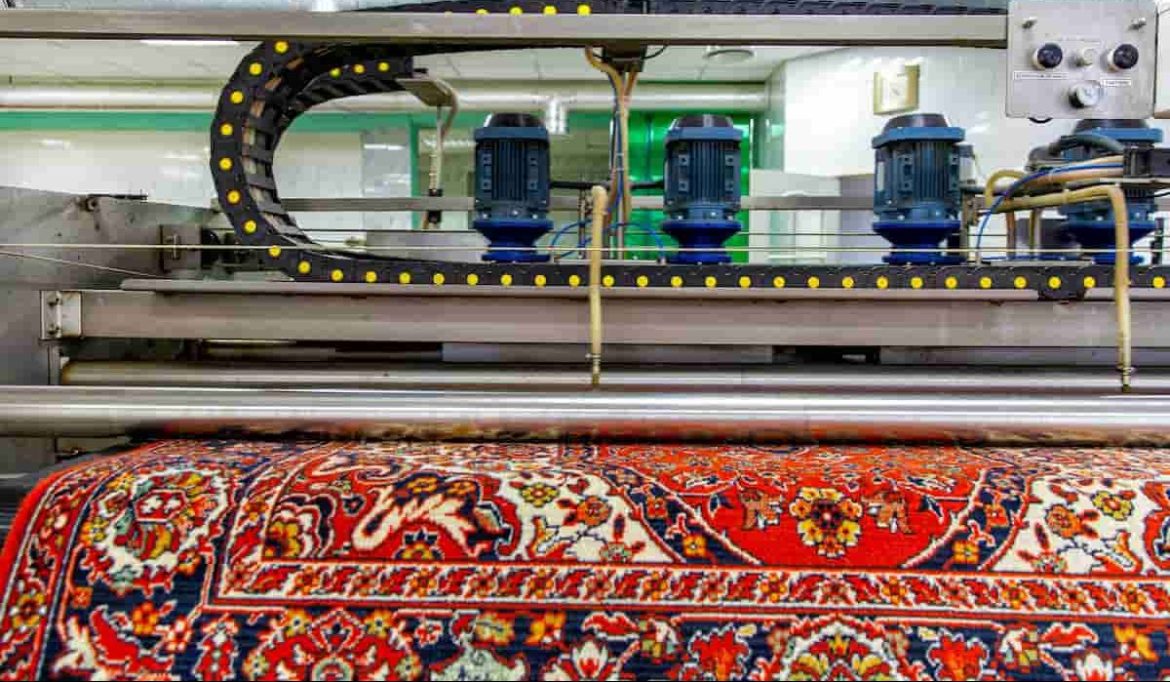
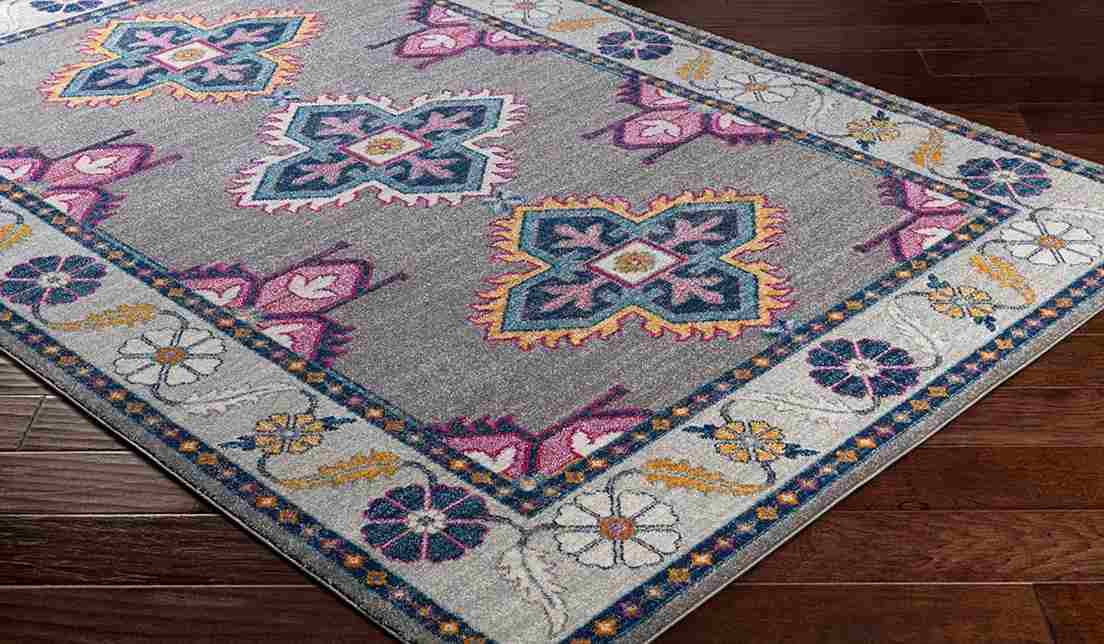
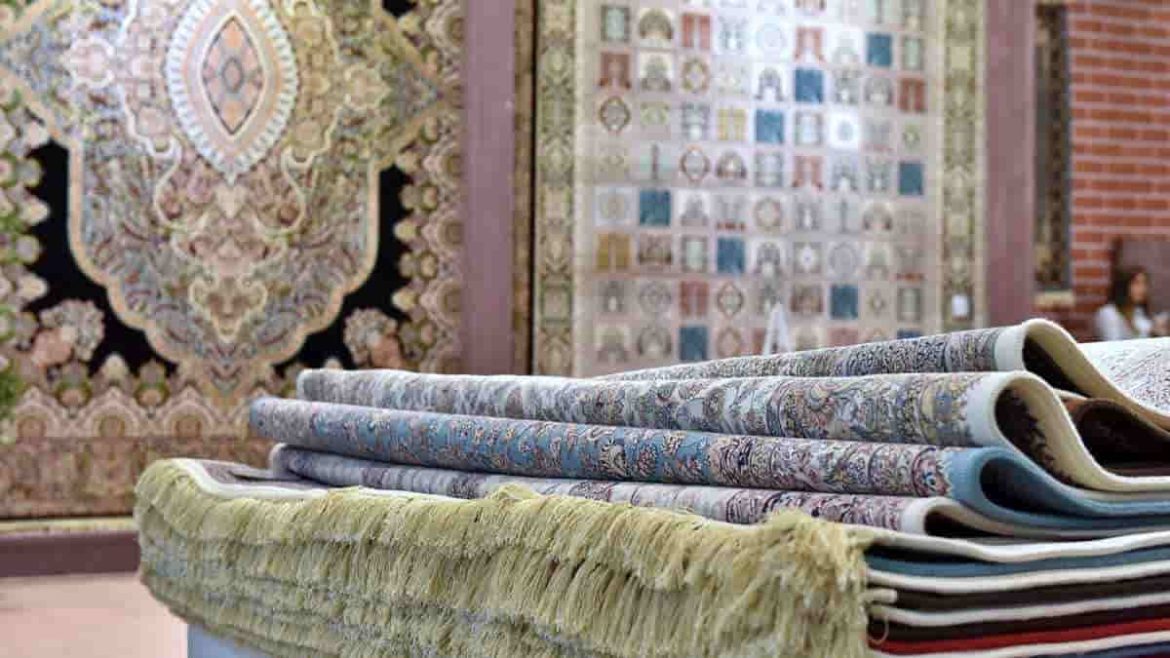
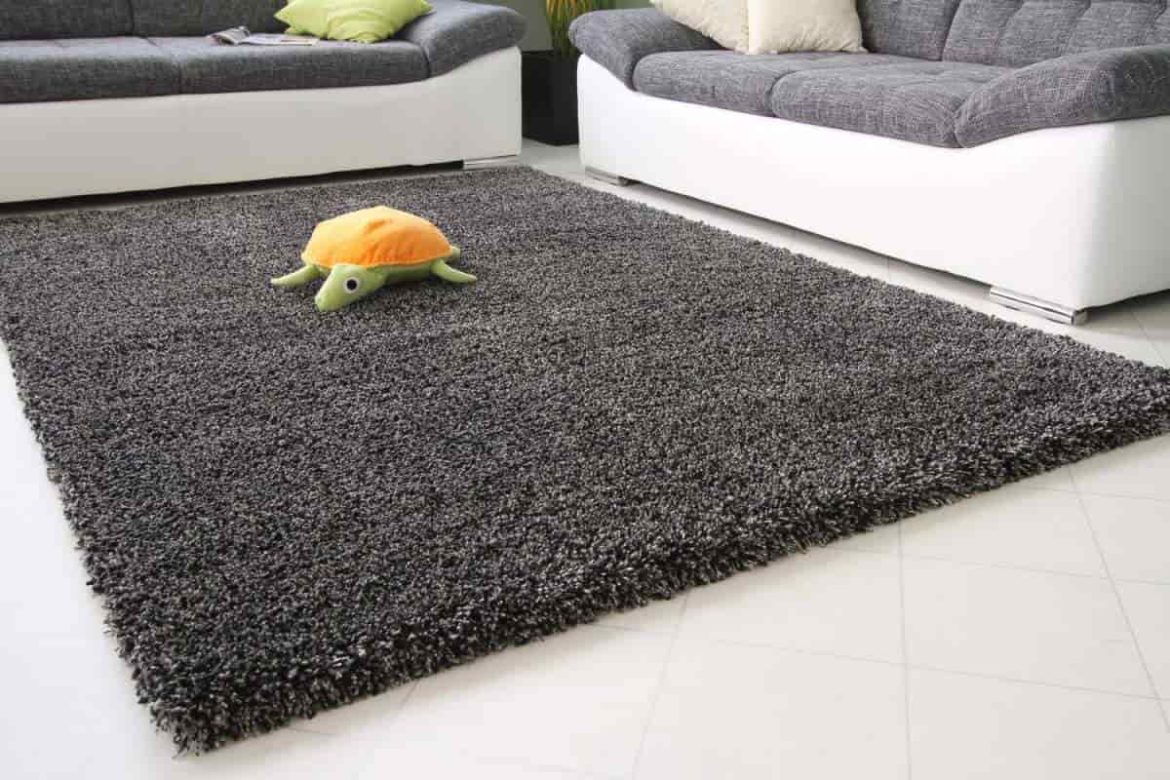
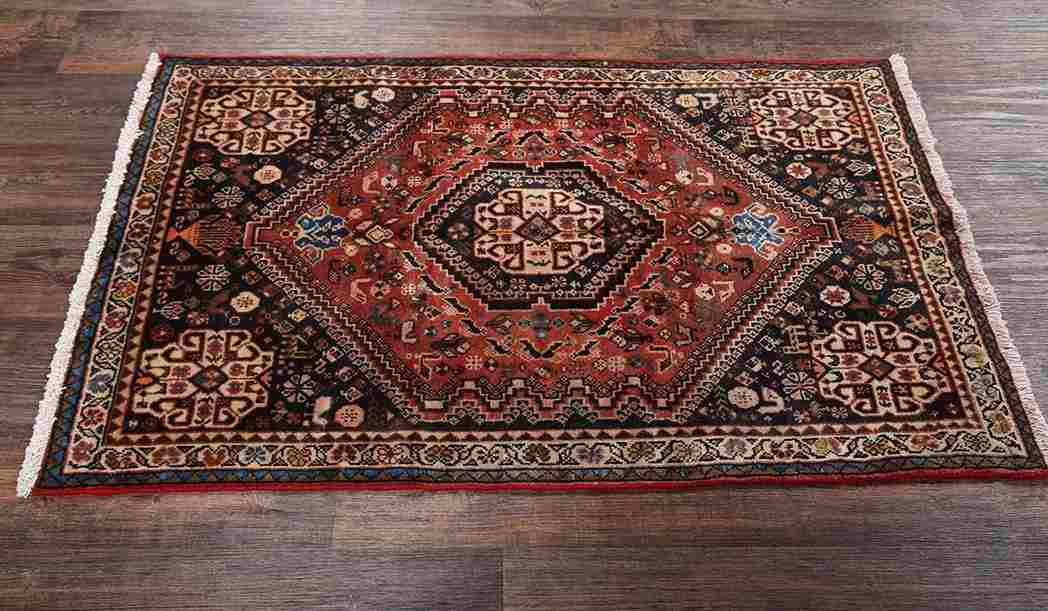
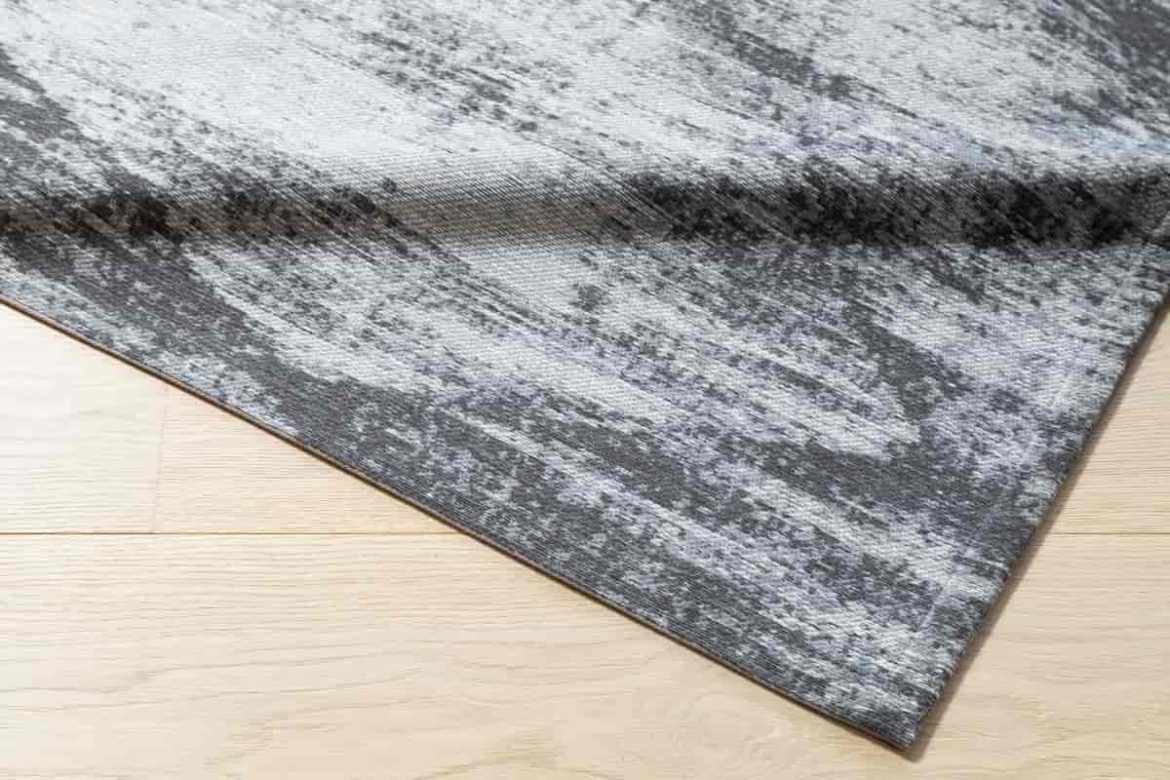
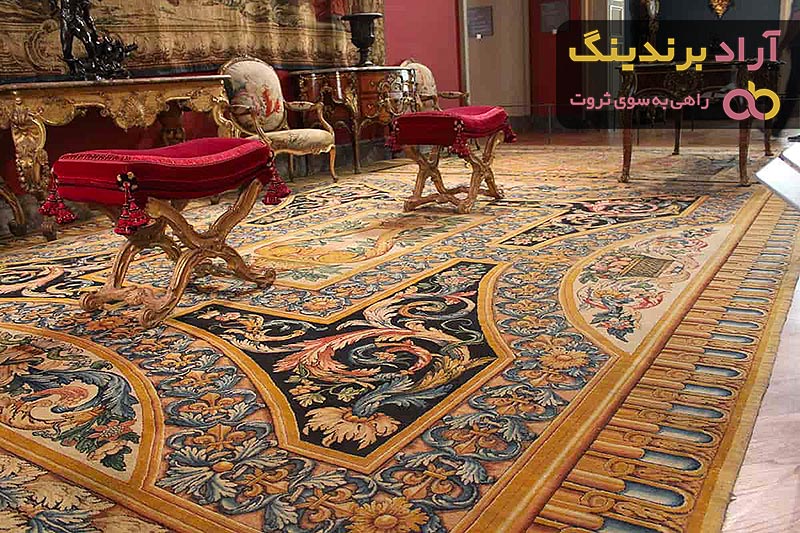
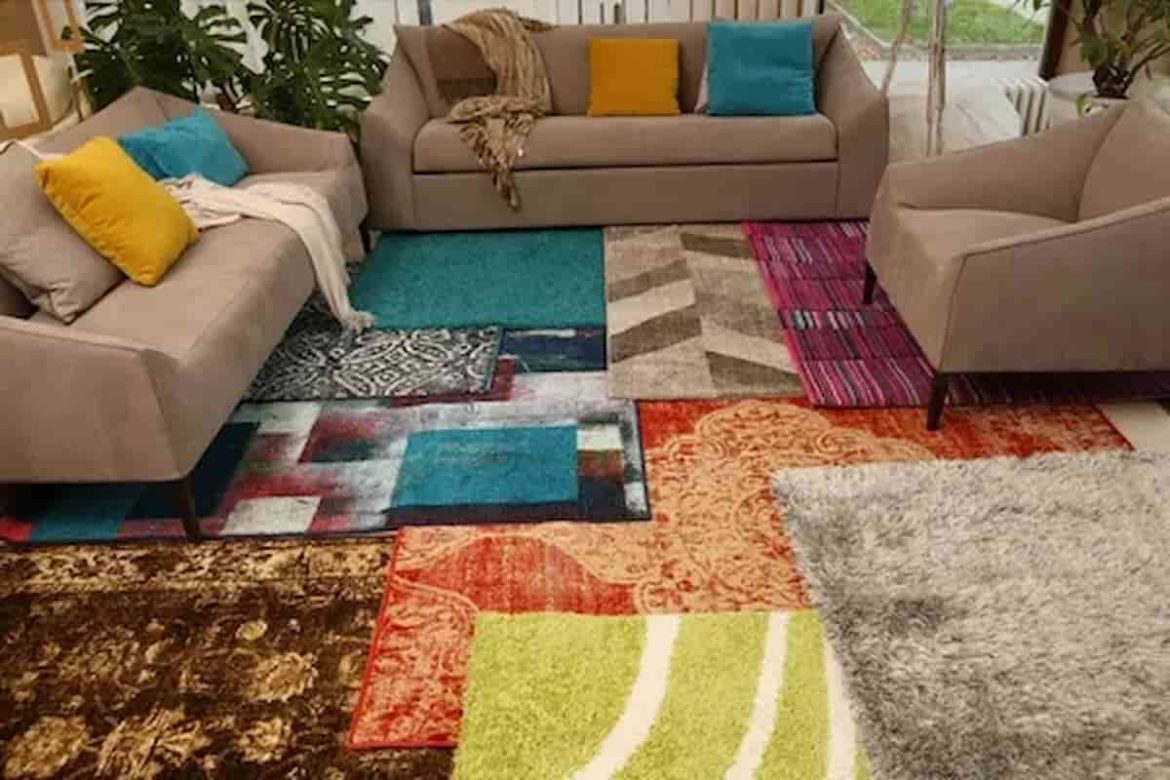
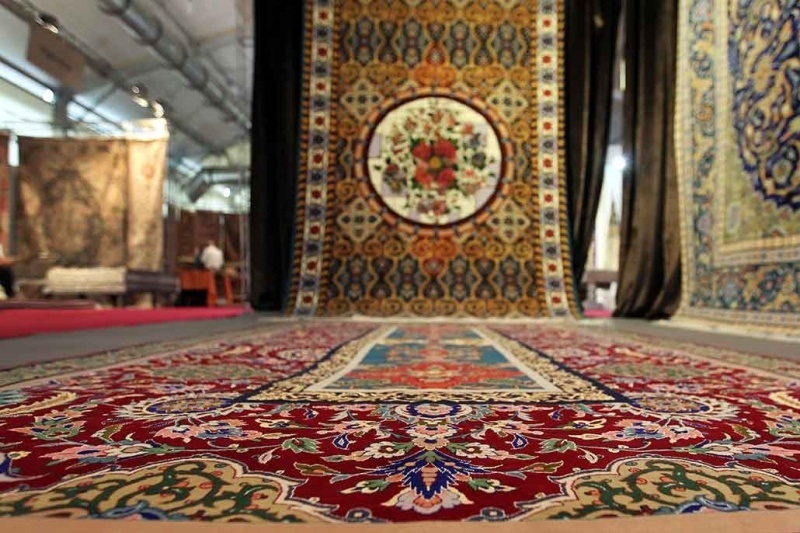
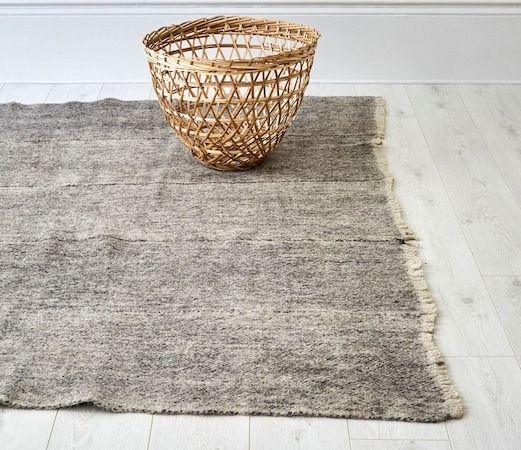
Your comment submitted.